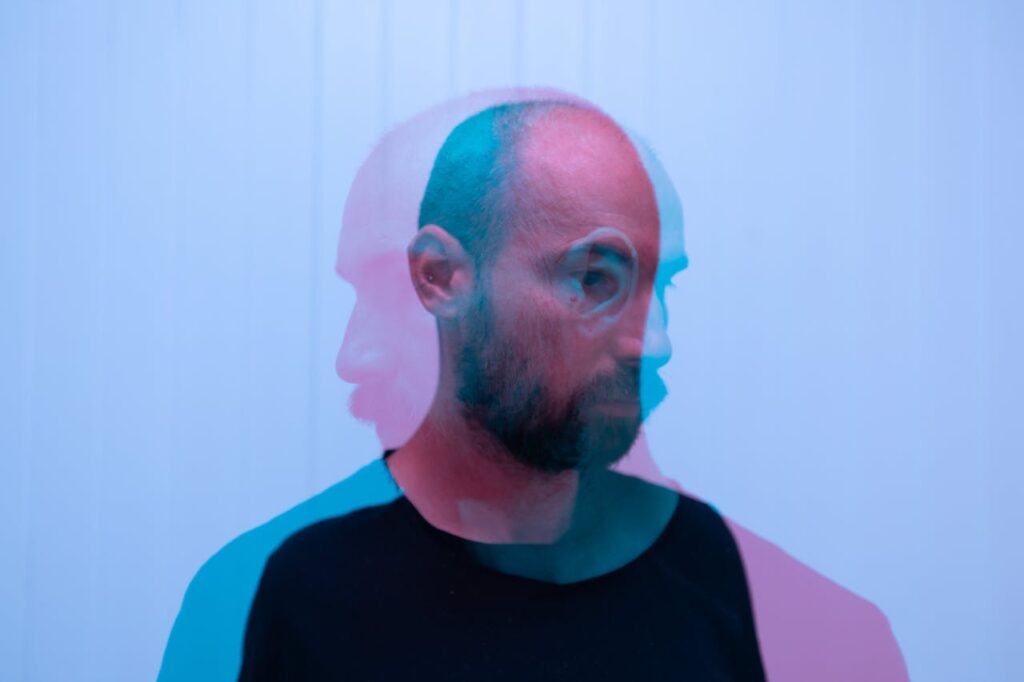What are mood disorders?
A mood is a temporary feeling. A mood disorder is when moods of sadness or joy get stuck, last for long periods, don’t appropriately match your circumstances, and impede your ability to function. Specifically, “mood disorder” is a catch-all category to describe types of depression and bipolar disorders that affect how you think about yourself, others, and life in general.
The Evolutionary Advantage of Depression
Depression is the evolutionary advantage of adversity. When our ancestors were in trouble, their adversity would trigger a low mood, which in turn would trigger them to express that something was wrong. For example, if someone had been separated from their tribe, they’d cry out. Distress was a motivator encouraging people to ask for help when they needed it.
More than 20% of US adults will experience a mood disorder in their lifetime. – National Institute of Mental Health
In modern society, that innate ability to ask for help has been distorted. We’re on an endless hedonistic pursuit to seek pleasure and suppress pain. Feeling depressed and asking for help feels taboo because society expects us to be cheerful and self-sufficient. As a result, we don’t always know what to do with feelings that are perceived as contrary to the norm, resulting in some dysfunctional mood conditions.

Signs of Mood Disorders
Sadness and joy are universal feelings, our natural responses to situations of defeat or success. A mood disorder is diagnosed when your feelings of sadness or joy are extreme or long-lasting, and when they interfere with your ability to function in life. If you have a mood disorder, you have a skewed awareness about yourself, others, and life. You feel overly irritable, helpless or guilty. You might have isolated yourself from friends and family and stopped participating in activities that you once enjoyed, making it difficult for you to maintain relationships or function at work. You have a hard time concentrating or remembering, feel tired or fatigued all the time, and notice changes in your sleep and eating patterns.
In 2014 the number of hospital stays for mood disorders increased by 23% compared to 2005 – Treatment Advocacy Center
Different Types of Mood Disorders
The most common types of mood disorders are:
- Depression – feeling sad, depressed, numb, irritable, hopeless, guilty
- Bipolar disorder – periods of depression that alternate with periods of mania.
- Major depressive disorder – less interest in activities, feeling sad or hopeless and other symptoms that last for at least two weeks.
- SAD – depression affected by seasons, usually affects people in the winter months when there’s less daylight.
- Dysthymia – chronic, low-grade depressed or irritable mood that lasts for at least two years.
- Other depressive disorders brought about by other medical illnesses or substance abuse.
Feeling upset during times of distress and asking for help was a life-saving technique for our ancestors, but what is the advantage of having moods today? They’re like a smoke detector. Moods are states that arise due to positive or negative experiences and allow us to understand our current state. Experiencing depression means it’s time to analyze the complex problems in your life and to ask for help.
How to Cope with Mood Disorders
Feeling depressed is normal. It’s a symptom that we’re human because it’s inevitable that we’ll face adversity at some point in our lives. But if it becomes a disorder and you don’t treat it, it can come with some severe complications, including a higher risk of anxiety, alcohol and substance abuse disorders, and suicide.
Fortunately, the prognosis is good: in most cases, depression is temporary and bipolar disorder can be managed effectively. The earlier you get help, the easier it is to treat. It’s time to talk to a professional if your feelings are impeding your relationships, social activities, work, and other parts of your life.
80 to 90% of people who seek help for depression are treated successfully. – SAVE
To help you manage your mood disorder, we’ll first investigate its root cause, which might be due to a brain chemical imbalance, an adverse life event, or family history. We’ll then work together using a combination of coaching and counselling (and in collaboration with a psychiatrist when necessary) to look at your attitudes and behaviours to explain what’s holding you back and how to think differently about your problem. Finally, we’ll teach you the tools you need to treat yourself to experience sadness and joy appropriately and understand your potential, allowing you to function better in life.





